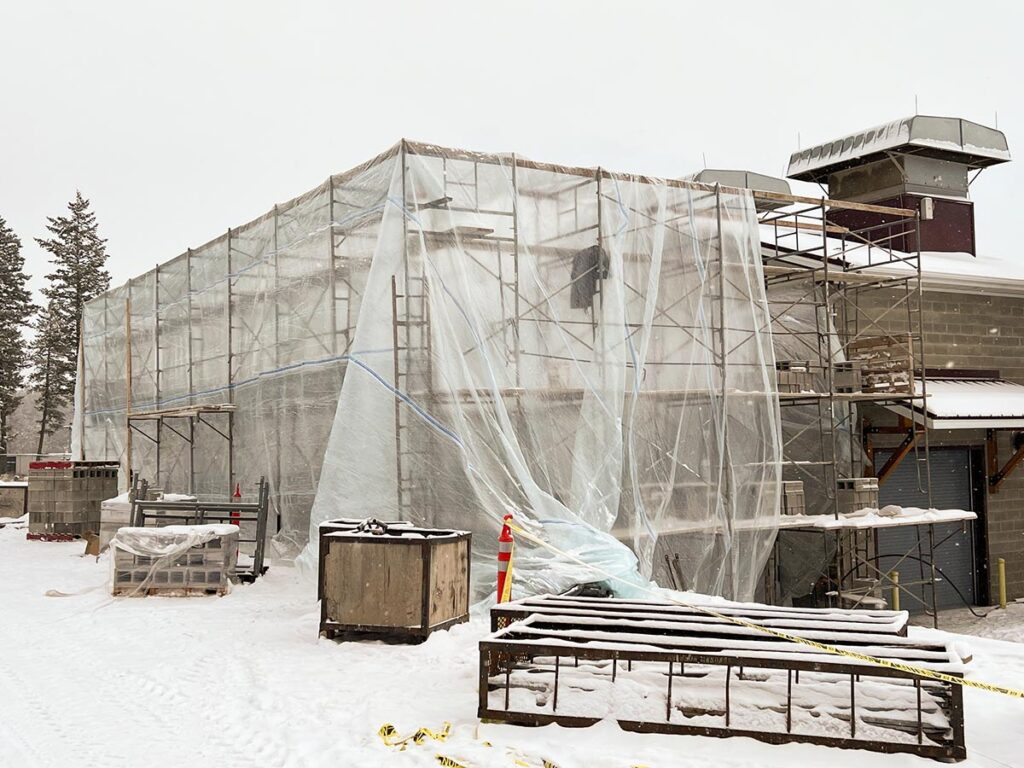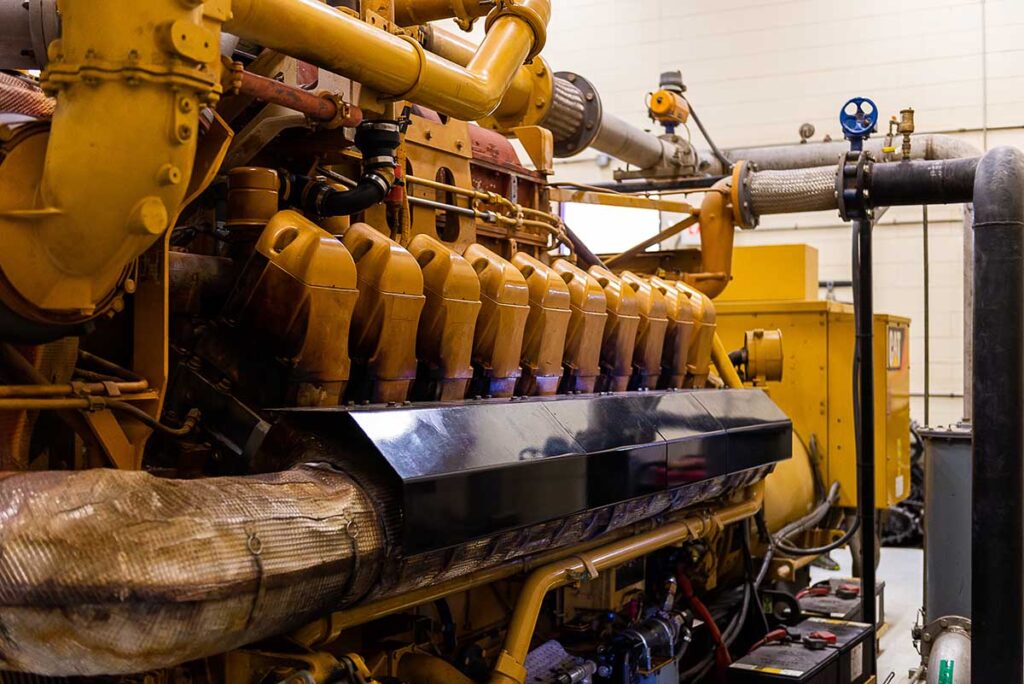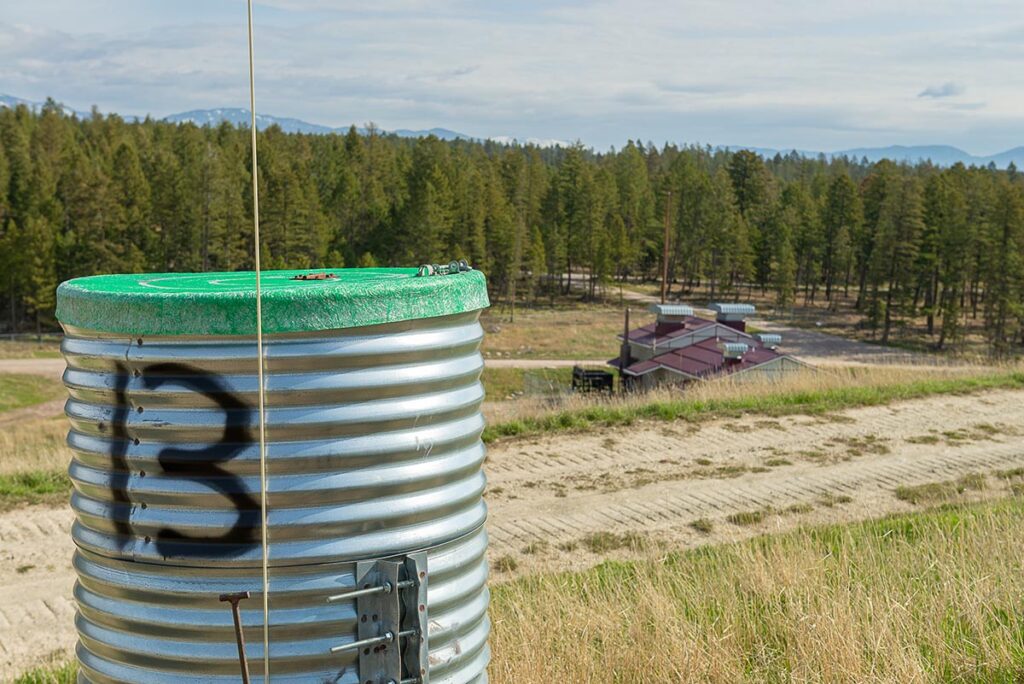
For more than a decade, members of Flathead Electric Cooperative have benefited from their own household waste as a source of electricity, and the co-op’s landfill gas project has been so affordable that it’s doubling the capacity.
The Kalispell, Montana-based co-op developed its methane-gas-to-energy project with zero-interest loans obtained through the Department of Agriculture’s Conservation Renewable Energy Bonds program after negotiating an agreement with the Flathead County Department of Solid Waste in 2008.
The $3.5 million loan enabled the co-op to contract with SCS Energy to develop the site for energy production. Methane, previously vented and flared from the 275-acre site, is collected through wells and vacuum pumps, filtered and used to operate a 1.6-megawatt generator.
“Our landfill project is one of the top-performing and most efficient landfill projects in SCS Energy’s fleet of projects they manage,” said Mark Johnson, CEO of Flathead EC. “The project has a capacity factor of over 93%, which means our original generation set has produced electricity at close to its maximum level.”

After 109,000 hours of operation, the original unit was pulled for overhaul in late 2022 as the co-op acquired and installed a second generation set at the landfill. The combined capacity of the two units, drawing methane from the same intake system, is expected to provide enough electricity to meet the needs of 3,200 average homes on the co-op’s 73,000-meter system.
“We are able to generate additional electricity for our members’ use at an economical cost and diversify our power portfolio,” said Jason Williams, Flathead EC’s assistant general manager for engineering, operations and power. “We handle the environmental compliance on an ever-growing landfill facility that continues to generate more and more methane.”
About 100 acres at the site are designated for solid waste disposal, and the landfill receives nearly 150,000 tons of solid waste per year. There are now 61 collection wells at the landfill, including some that were decommissioned as methane production declined due to fuel stock depletion near their locations. New wells are added to tap methane produced from decomposition as new collection pits are developed. Methane production achieves generation quality in about two years and increases over time. Landfill usage at the site increases at a rate of about 3,000 tons per year.

The co-op’s contributions to the project have included design, installation and maintenance of collection wells, piping and other support equipment. Leaching agents used to enhance the rate of decomposition improve the quality and consistency of the methane gas used for generation.
“We live in a fairly arid region, so that aids in the decomposition of the garbage,” said Williams. “This is basically a 24/7 production site, so there is quite a bit of maintenance to perform not only on the generator engine but also continuous tuning of the well-field to optimize methane production.”
While landfill gas generation is not the least expensive energy source available to meet the co-op’s demand, hosting the sites has been a modest enterprise for the county, offsetting some of the costs of waste disposal. It is also recognized as a renewable energy resource by the state of Montana and the co-op’s members.
Derrill Holly is a staff writer for NRECA.